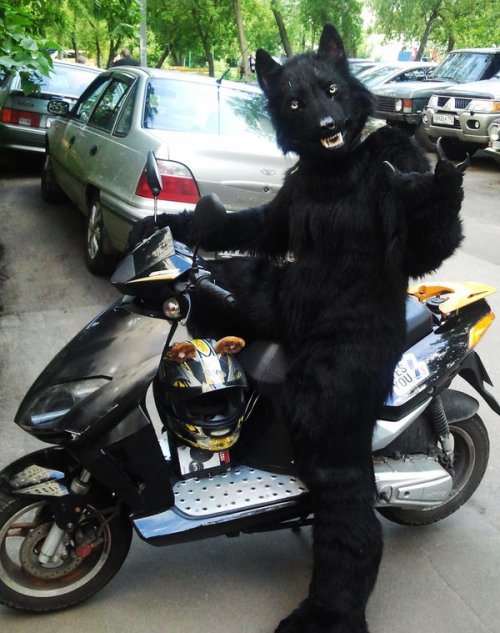Let's see... oil, tires, and wolves - probably some of the more controversial topics one can discuss on an internet forum, but I found this study interesting:
"Deer populations have surged in the United States, increasing from about 2 to 4 deer per km2 in the precolonial era (16) to 15 to 50 deer per km2 in some areas today"
"Recent studies uncover cascading ecological effects resulting from removing and reintroducing predators into a landscape, but little is known about effects on human lives and property. We quantify the effects of restoring wolf populations by evaluating their influence on deer–vehicle collisions (DVCs) in Wisconsin. We show that, for the average county, wolf entry reduced DVCs by 24%, yielding an economic benefit that is 63 times greater than the costs of verified wolf predation on livestock. Most of the reduction is due to a behavioral response of deer to wolves rather than through a deer population decline from wolf predation. This finding supports ecological research emphasizing the role of predators in creating a “landscape of fear.” It suggests wolves control economic damages from overabundant deer in ways that human deer hunters cannot."
https://www.pnas.org/content/118/22/e2023251118
"Deer populations have surged in the United States, increasing from about 2 to 4 deer per km2 in the precolonial era (16) to 15 to 50 deer per km2 in some areas today"
"Recent studies uncover cascading ecological effects resulting from removing and reintroducing predators into a landscape, but little is known about effects on human lives and property. We quantify the effects of restoring wolf populations by evaluating their influence on deer–vehicle collisions (DVCs) in Wisconsin. We show that, for the average county, wolf entry reduced DVCs by 24%, yielding an economic benefit that is 63 times greater than the costs of verified wolf predation on livestock. Most of the reduction is due to a behavioral response of deer to wolves rather than through a deer population decline from wolf predation. This finding supports ecological research emphasizing the role of predators in creating a “landscape of fear.” It suggests wolves control economic damages from overabundant deer in ways that human deer hunters cannot."
https://www.pnas.org/content/118/22/e2023251118



